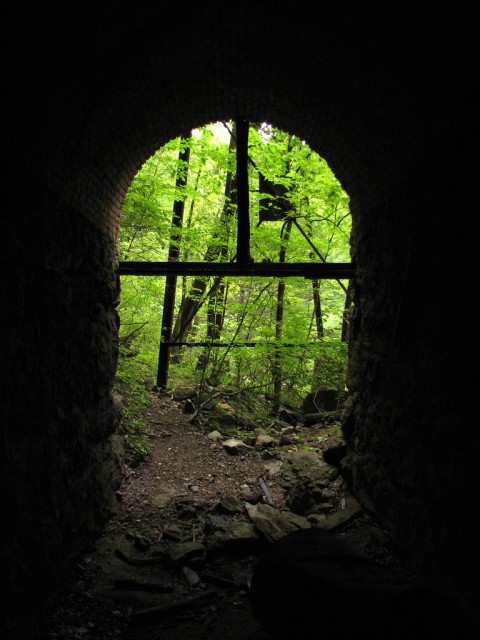I grew up in a neighborhood on the edge of town, built next to fields and woods. A few streets over, a friend’s house backed onto a soybean field, giving her backyard a feeling of endlessly stretching toward the horizon. My family’s backyard lay flush against our neighbor’s—but beyond the neighbor’s house lay what we all called “the woods.” The woods were the frontier of my childhood. They remain alive in my memory, their geography etched into my mind’s eye by years of exploration.
The woods began where our neighbor’s street dead-ended. My friends and I were often exploring the dense, pathless parts and passing silently over pine needle–carpeted paths that had been stamped into the ground by bicycle tires and feet. One trail took us to a bright, sandy path that wound in a circle around a tangle of trees; our bike tires would hiss as they hit it. We learned to avoid the sandy patches that would yank our bikes out from under us, to pick our way through briars, to navigate the ditches.
The woods were full of mysteries and shivered with the sound of living things rustling just out of sight. Once I brought home some fuzzy, gray-green stalks, put them in a jar of water in my room, and woke the next morning to find caterpillars all over my bed. Just thinking of this brings back the startled sensation—the boundary between the realms of outside and inside had mysteriously dissolved overnight.






